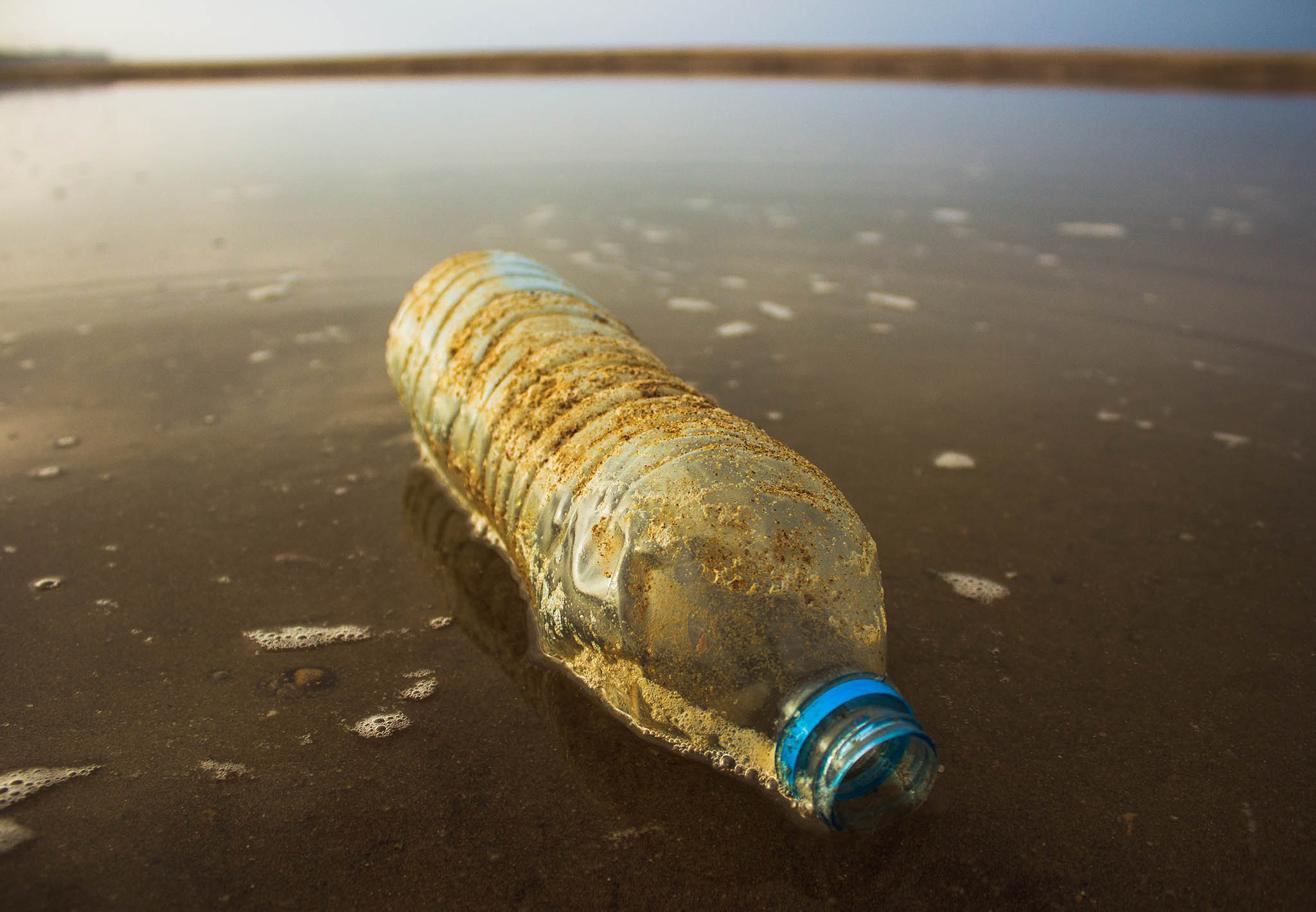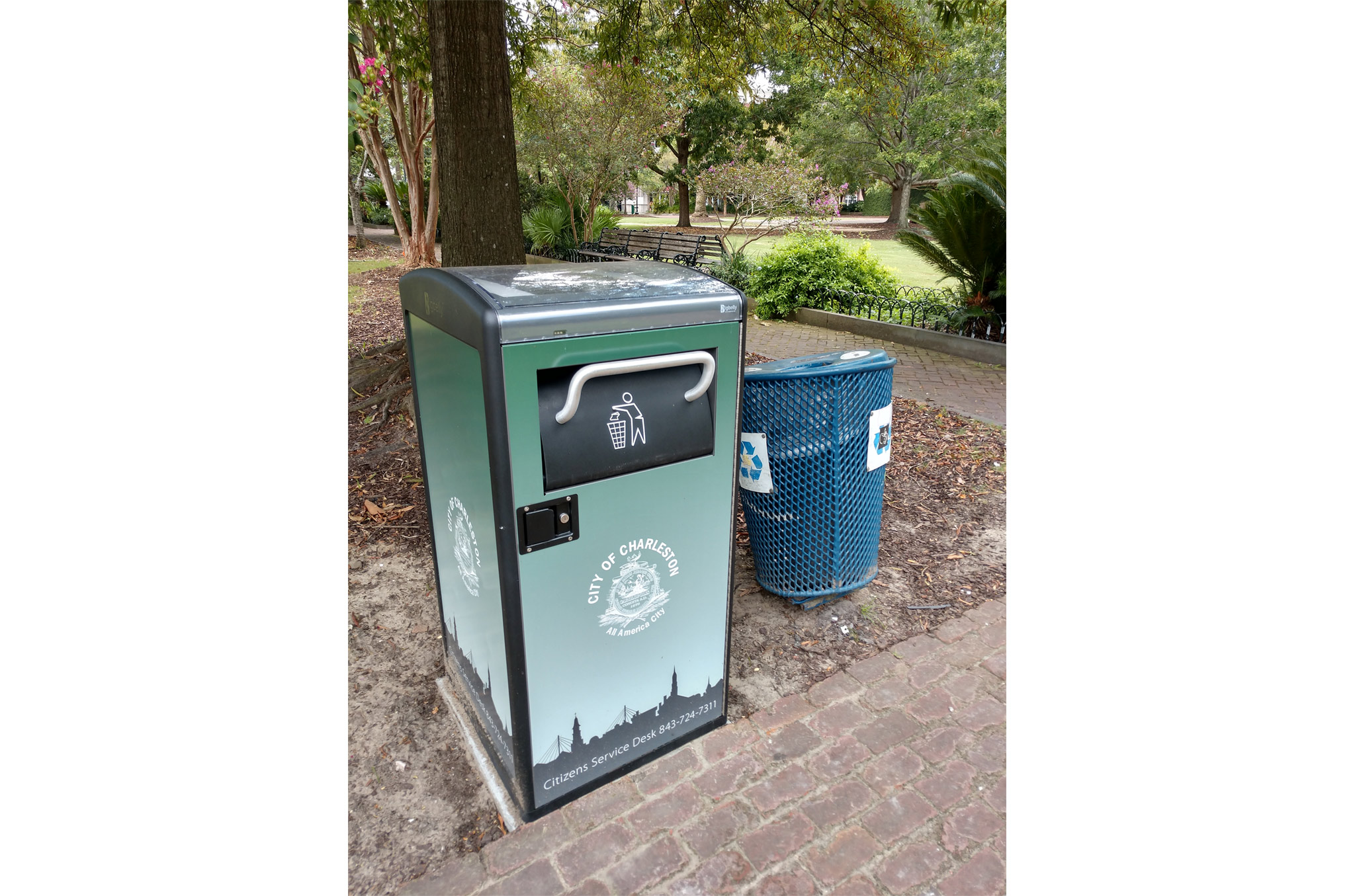Pollution Prevention
 National Pollution Prevention Week begins the third Monday of September every year and focuses on reducing pollution production at the source. The Pollution Prevention (P2) Act was passed in 1990 by Congress with the goal of establishing a source reduction program within the Environmental Protection Agency (EPA) which would collect and disseminate information, provide financial assistance to States, and implement strategies to stop the production of pollutants. Pollution prevention, in this case, is reducing or eliminating waste at the source by modifying production processes, promoting the use of non-toxic or less toxic substances, implementing conservation techniques, and reusing materials via recycling. By preventing the production at the source, the United States would benefit financially as well as the known benefits for our environment. The U.S. annually produces millions of tons of pollution and has to spend tens of billions of dollars per year controlling this waste.
National Pollution Prevention Week begins the third Monday of September every year and focuses on reducing pollution production at the source. The Pollution Prevention (P2) Act was passed in 1990 by Congress with the goal of establishing a source reduction program within the Environmental Protection Agency (EPA) which would collect and disseminate information, provide financial assistance to States, and implement strategies to stop the production of pollutants. Pollution prevention, in this case, is reducing or eliminating waste at the source by modifying production processes, promoting the use of non-toxic or less toxic substances, implementing conservation techniques, and reusing materials via recycling. By preventing the production at the source, the United States would benefit financially as well as the known benefits for our environment. The U.S. annually produces millions of tons of pollution and has to spend tens of billions of dollars per year controlling this waste.
Of course, not all prevention relates directly to industrial production. There are ways that we can all help prevent the production of waste at home or at work. The EPA makes several suggestions as what we can do to help aid in pollution prevention efforts. At home, consumers can begin the process by finding safer products to use around the home such as cleaning solutions and pest control chemicals. The EPA has recognized 2,500 cleaning products which are healthier options for both people and the environment.

Power and water usage also play a big part in pollution prevention. In regards to power, by making one’s home more energy efficient and supporting clean energy production methods we can reduce the amount of waste material produced as by-products. ENERGY STAR products are energy-efficient choices that have the added bonus of saving families about a third on their home energy bills without sacrificing style or comfort. Using water efficiently includes utilizing gardening techniques that reduce water usage and chemical runoff. Planting drought-resistant plants as well as using more natural means of controlling pest species are just some of the ways a garden can be maintained in a sustainable fashion to reduce waste. The EPA’s WaterSense outlines other ways families can responsibly use water as well as save money on their water bill. Reducing litter and recycling are also a great way to be more eco-friendly. Recently, new solar-powered trash compactor bins were placed in downtown Charleston to help stop garbage from being blown from trash cans. From my own observations, these compactors have already greatly reduced litter downtown.
These examples are only some of the ways we can all work toward reducing pollutants in our environment. If we all do our part, we can work toward a healthier environment for all of the organisms we share our planet with. To learn more about pollution prevention and how you can do your part, visit the EPA’s P2 website.
-Matthew Gibson, Curator of Natural History, September 2019

